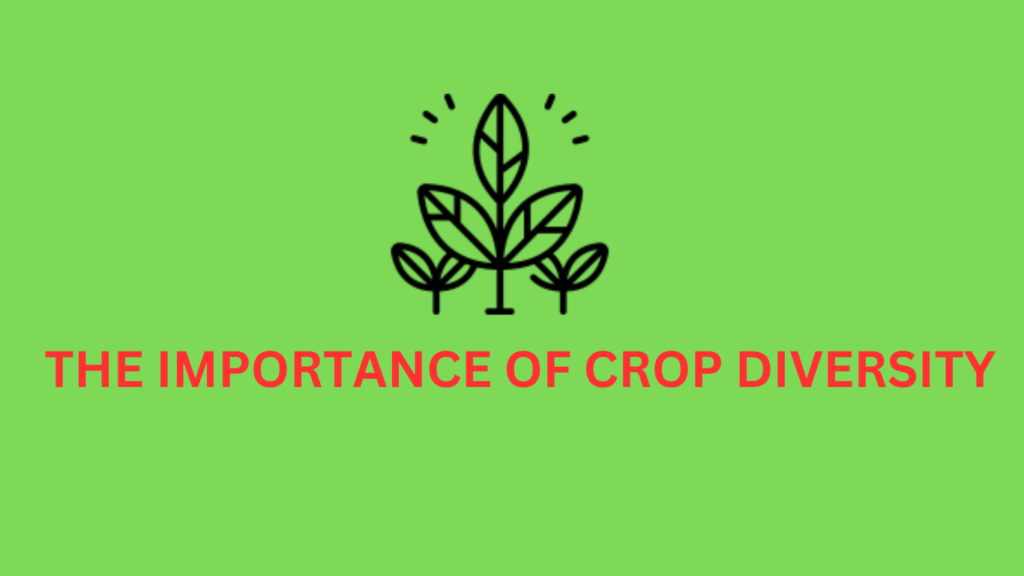Introduction
Crop diversity plays a critical role in global agriculture, ensuring food security, environmental sustainability, and economic stability. It refers to the variety of different plant species and genetic variations within agricultural systems. With the increasing challenges of climate change, soil degradation, and global food demand, maintaining and enhancing crop diversity is more important than ever.
1. Food Security and Nutrition
- Resilient Food Supply: A diverse range of crops ensures a stable food supply, reducing the risks associated with relying on a few staple crops.
- Nutritional Benefits: Different crops provide essential vitamins, minerals, and nutrients necessary for human health.
- Reduced Risk of Famine: A diverse agricultural system is less vulnerable to pest outbreaks and diseases that can devastate monoculture crops.
2. Environmental Sustainability
- Soil Health: Crop rotation and polyculture farming help maintain soil fertility and reduce nutrient depletion.
- Pest and Disease Resistance: Biodiverse farms reduce the spread of pests and diseases, decreasing the need for chemical pesticides.
- Climate Resilience: Different crop species have varying tolerances to drought, heat, and floods, making agriculture more adaptable to climate change.
3. Economic Benefits for Farmers
- Market Stability: Farmers growing diverse crops are less vulnerable to market fluctuations affecting a single crop.
- Multiple Income Sources: Diversification allows farmers to generate income from various sources, reducing financial risk.
- Support for Local and Traditional Crops: Encouraging diverse crop cultivation promotes local food systems and preserves cultural agricultural practices.
4. Genetic Preservation and Biodiversity
- Protection of Endangered Crops: Maintaining genetic diversity ensures the survival of rare and indigenous crop varieties.
- Future Agricultural Innovation: Genetic diversity is crucial for developing new crop varieties that can withstand changing environmental conditions.
- Pollinator Support: A variety of crops encourages biodiversity, supporting pollinators like bees and butterflies essential for food production.
5. Challenges to Crop Diversity
- Monoculture and Industrial Farming: Large-scale monoculture farming reduces genetic diversity, making crops more susceptible to pests and diseases.
- Climate Change Impact: Rising temperatures and unpredictable weather patterns threaten the survival of many crop species.
- Loss of Traditional Varieties: The preference for high-yield commercial crops has led to the decline of indigenous and heirloom varieties.
6. Strategies to Promote Crop Diversity
- Agroecological Practices: Encouraging crop rotation, intercropping, and organic farming methods.
- Seed Banks and Genetic Conservation: Preserving crop genetics in seed banks to safeguard against biodiversity loss.
- Government and Policy Support: Implementing policies that incentivize farmers to cultivate diverse crops.
- Consumer Awareness: Educating consumers about the benefits of diverse diets and supporting local farmers who grow a variety of crops.
Conclusion
Crop diversity is essential for a resilient agricultural system that can withstand environmental and economic challenges. By promoting diverse farming practices, preserving genetic resources, and supporting sustainable agriculture, the world can ensure food security, environmental health, and economic stability for future generations.



